Photinia- Varieties 3Ltr
£10.00
Out of stock
Photinia Plant Description:
Photinia is a genus of evergreen shrubs and small trees known for their attractive foliage, which often features vibrant red or bronze-colored new growth. One of the commonly cultivated species is Photinia × fraseri. Here’s a general plant description:
Common Name: Photinia
Scientific Name: Photinia × fraseri (commonly used in gardens and landscaping)
Foliage:
New Growth: Young leaves emerge in shades of red, bronze, or pink, creating a striking contrast with mature green foliage.
Mature Foliage: Dark green, leathery leaves with serrated edges.
Flowers:
Blooms: Clusters of small, white flowers appear in spring.
Berries: Some varieties produce small red berries after flowering.
Size:
Height: Can vary depending on the specific species and cultivar, ranging from compact shrubs to small trees.
Shape: Often grown as dense, multi-stemmed shrubs with a rounded or oval shape.
Sun Requirements: Generally prefers full sun to partial shade.
Soil and Moisture:
Soil: Well-draining soil is preferred.
Moisture: Regular watering, especially during dry periods. However, established plants are often drought-tolerant.
Hardiness Zones: Depending on the specific species and cultivar, they are often suitable for USDA hardiness zones 7 to 9, but this can vary.
Landscape Uses:
Hedging: Commonly used for hedges due to its dense growth habit.
Privacy Screening: Effective for creating privacy screens.
Ornamental: Valued for its ornamental foliage and ability to add color to the landscape.
Special Features:
Year-Round Interest: Evergreen nature provides interest throughout the year.
Attracts Birds: The berries may attract birds.
Tolerant: Photinia is generally tolerant of urban conditions and pollution.
Note: Specific characteristics can vary among different species and cultivars within the Photinia genus. When selecting a Photinia for your garden, consider the specific requirements and mature size of the chosen variety. Additionally, check with local nurseries for cultivars that may be well-suited to your specific climate and growing conditions.
| Flower Colour |
TBC |
|---|---|
| Root Type |
TBC |
| Foliage Colour |
TBC |
| Soil Type |
TBC |
Only logged in customers who have purchased this product may leave a review.




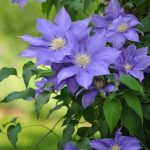

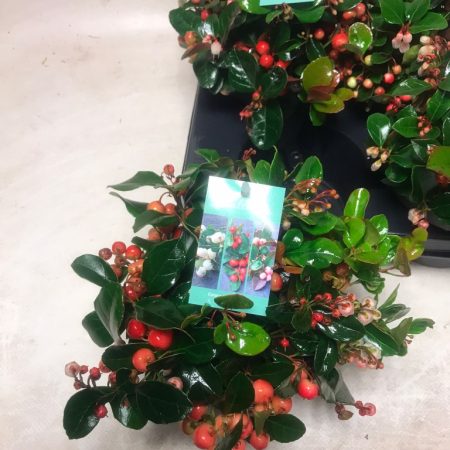
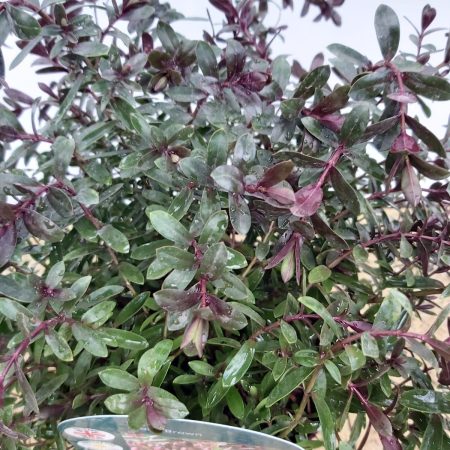
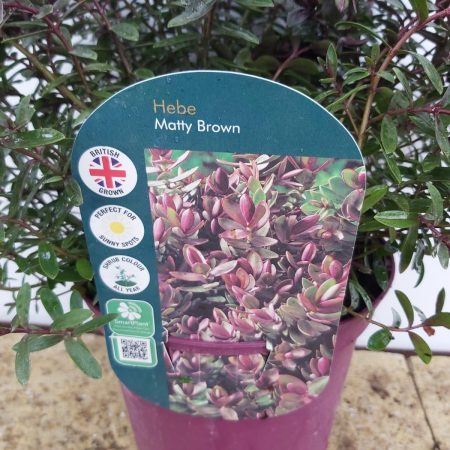
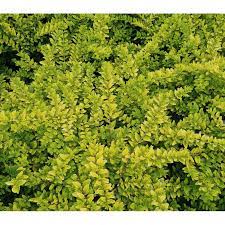
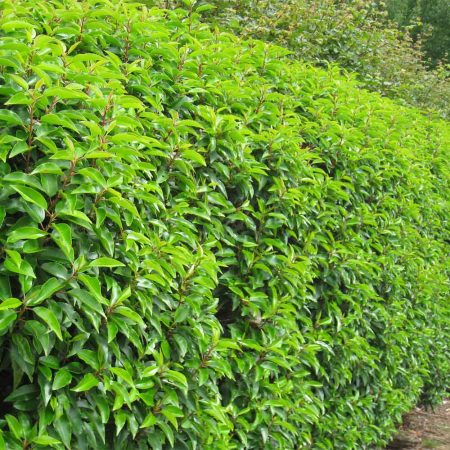
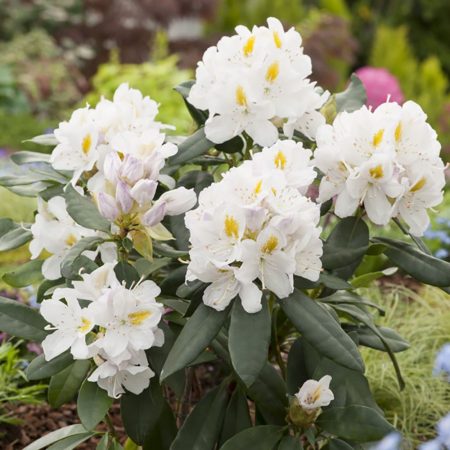
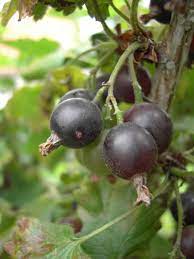
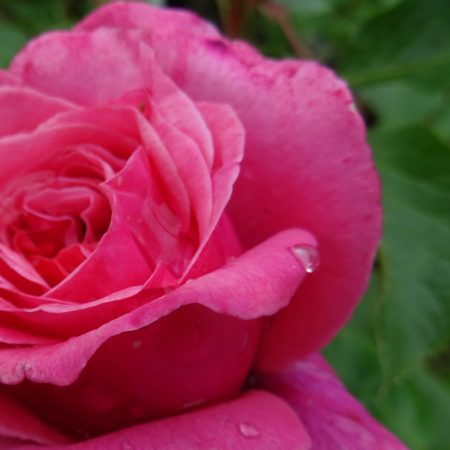
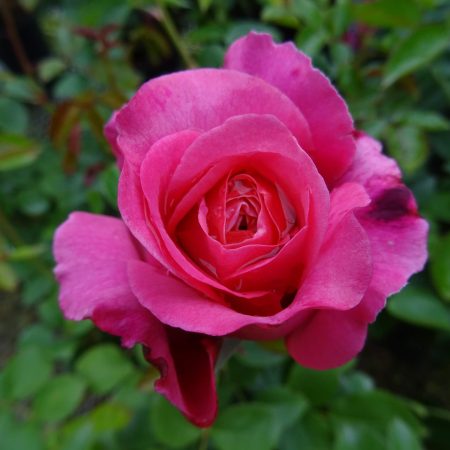
Reviews
There are no reviews yet.